Fluoxetine Overview
Fluoxetine is a prescription medication classified as a selective serotonin reuptake inhibitor (SSRI). It is primarily used to treat major depressive disorder, obsessive-compulsive disorder, bulimia nervosa, panic disorder, and premenstrual dysphoric disorder. Fluoxetine is available under various brand names, including Prozac.
Pharmacological Action
Fluoxetine exerts its therapeutic effects by selectively inhibiting the reuptake of serotonin in the brain, leading to increased serotonin levels in the synaptic cleft. This change in balance of neurotransmitters is associated with mood improvement and relief from symptoms of depression and anxiety.
Dosage Forms Available
Fluoxetine is available in several dosage forms, including capsules, tablets, delayed-release capsules, and liquid oral solutions, enabling accommodation of different patient needs and preferences.
Initiating Treatment
Treatment with fluoxetine typically starts with a low dose, which may be gradually increased depending on the patient’s response and tolerance. For example, the initial dose for treating depression may be 20 mg taken once daily in the morning.
Titration and Maintenance
The dose of fluoxetine may be adjusted based on effectiveness and tolerability, often titrated in increments of 10-20 mg. For maintenance therapy, the goal is to use the lowest effective dose that maintains symptom remission and controls side effects.
Maximum Recommended Dosage
The maximum recommended dose of fluoxetine varies by indication, but for adults, it commonly does not exceed 80 mg per day. In elderly patients or those with concurrent medical conditions, lower maximum doses are generally preferred.
Missed Dose Protocol
In the event of a missed dose, patients are typically advised to take it as soon as they remember, unless it is almost time for their next dose. In such cases, they should skip the missed dose and continue with their regular dosing schedule. Doubling up on doses is not recommended.
Duration of Use
Though some patients may experience benefits within the first few weeks, complete therapeutic effects can take 4 to 6 weeks. Treatment duration varies by condition and individual response but may extend for several months or longer.
Special Populations
Pediatric, elderly, and hepatically impaired patients may require adjusted dosing strategies to account for pharmacokinetic differences and to minimize the risk of side effects.
Drug Interactions
Fluoxetine can interact with a variety of medications. These interactions may increase the risk of serotonin syndrome or other adverse effects. Notably, it should not be used in conjunction with MAO inhibitors, pimozide, or thioridazine due to severe interaction risks.
Considerations with Other SSRIs
If switching from another SSRI to fluoxetine, a washout period or an overlap-and-taper strategy may be required to reduce the risk of side effects and withdrawal symptoms, ensuring a seamless transition between medications.
Withdrawal and Discontinuation
Sudden discontinuation of fluoxetine is not recommended as it may lead to withdrawal symptoms. A gradual tapering of the dose should be planned to minimize discontinuation symptoms such as mood changes, irritability, agitation, dizziness, and sensory disturbances.
Storage and Handling
Fluoxetine should be stored at room temperature away from light and moisture. The medication must be kept out of reach of children and taken only as directed by a healthcare provider.
Off-Label Usage
While not approved for all indications, fluoxetine may be prescribed off-label for conditions such as Post-Traumatic Stress Disorder (PTSD) and certain anxiety disorders, based on the discretion of a healthcare provider with consideration of potential benefits and risks.
Pregnancy and Lactation
Prescribing fluoxetine during pregnancy and lactation involves a careful assessment of the risks and benefits. It has been detected in breast milk, so nursing mothers may need to discuss the potential for effects on the infant with their healthcare provider.

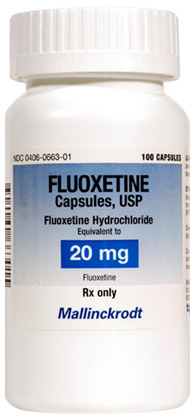
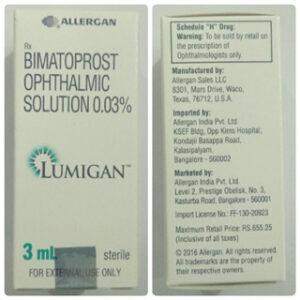
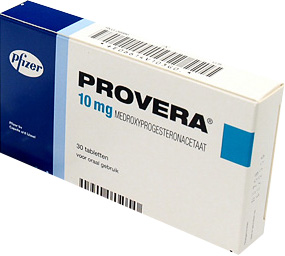
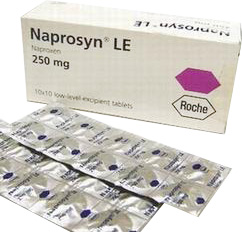
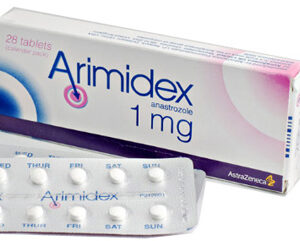
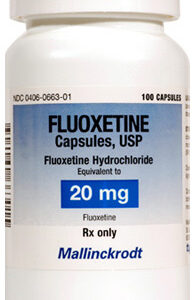
Reviews
There are no reviews yet.